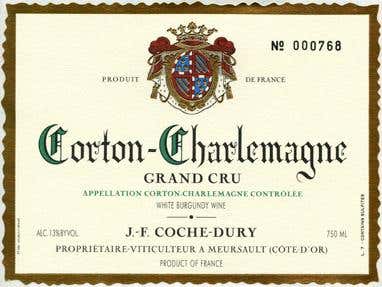I’m fairly certain that the ‘struck match’ aroma isn’t low/med/whatever levels of SO2. I’ve smelled a lot of SO2 in wine, and it’s different…also, you can smell SO2 after a recent addition or at high level, but not at med-low levels (compared to non-SO2ed wines). Doug’s right about SO2 having a burning sensation…but again, that’s with recent additions or high sulfur levels (approaching or higher than 40ppm free, which is pretty high). I’ve had this complaint about some wburg producers that started using very high SO2 levels…in some cases the wines would go from undrinkable due to SO2 to undrinkable due to premox (something Kevin Harvey first pointed out).
There are a fair number of Thiol compounds that smell sulfurous, so I’m betting the stuck match is one of those. Semi-random note: the perception of Thiols can change dramatically at different concentration levels. The other contributing factor to this argument is the leading struck match wburg producers use a very reductive program.
Alan: What makes you think of phosphorus in this context?
Doug: the struck match/flint thing will receed/disappear with air, generally. I’ve had bottles that never did (esp Boisson Vadot prior to 08/09 vintage esp). Assuming my claim that these are thiols, then they aren’t going away/disappearing, but their sensory perception is changing so we can’t smell/taste them anymore.
Another H2S comment: H2S (from unhappy fermentations) can lead to generally nasty reductive compounds (used to be mercaptans but were moved into the much much larger group of Thiols). But H2S isn’t the only possible path to Thiols (reductive compounds) in wine. But the H2S generated ones are certainly nasty and worthy of attention…fortunately they show themselves in barrel (except for short barrel programs) and can be resolved before bottling. And, from my experience, the non H2S generated ones aren’t nasty and go away with time (in the same sense that new oak ‘goes away’…aka it doesn’t really, but it becomes so integrated into the wine you don’t/might not realize it’s there).
An interesting (to me) side comment about SO2 (sulfur): The bound form of sulfur (sulfur that’s bound to another molecule) is widely viewed as uninteresting, since the bonding an generally strong enough to be considered unbreakable in ‘normal’ conditions. But getting wine through ML (malolactic fermentation, done by a sulfur sensitive bacteria) is a situation where you need to check the total sulfur levels (i.e. bound sulfur + the others). Turns out that, in some circumstances, ml bacteria can cause bound sulfur to become unbound (hence become active), which generally turns around and kills the ML bacteria. Sort of an ML bacteria form of Seppuku  .
.
Note: I’m not claiming certainty on these issues, tho given the complexity of wine chemistry and our understanding no one can sadly. Anyways, feel free to disagree & offer different theories.

